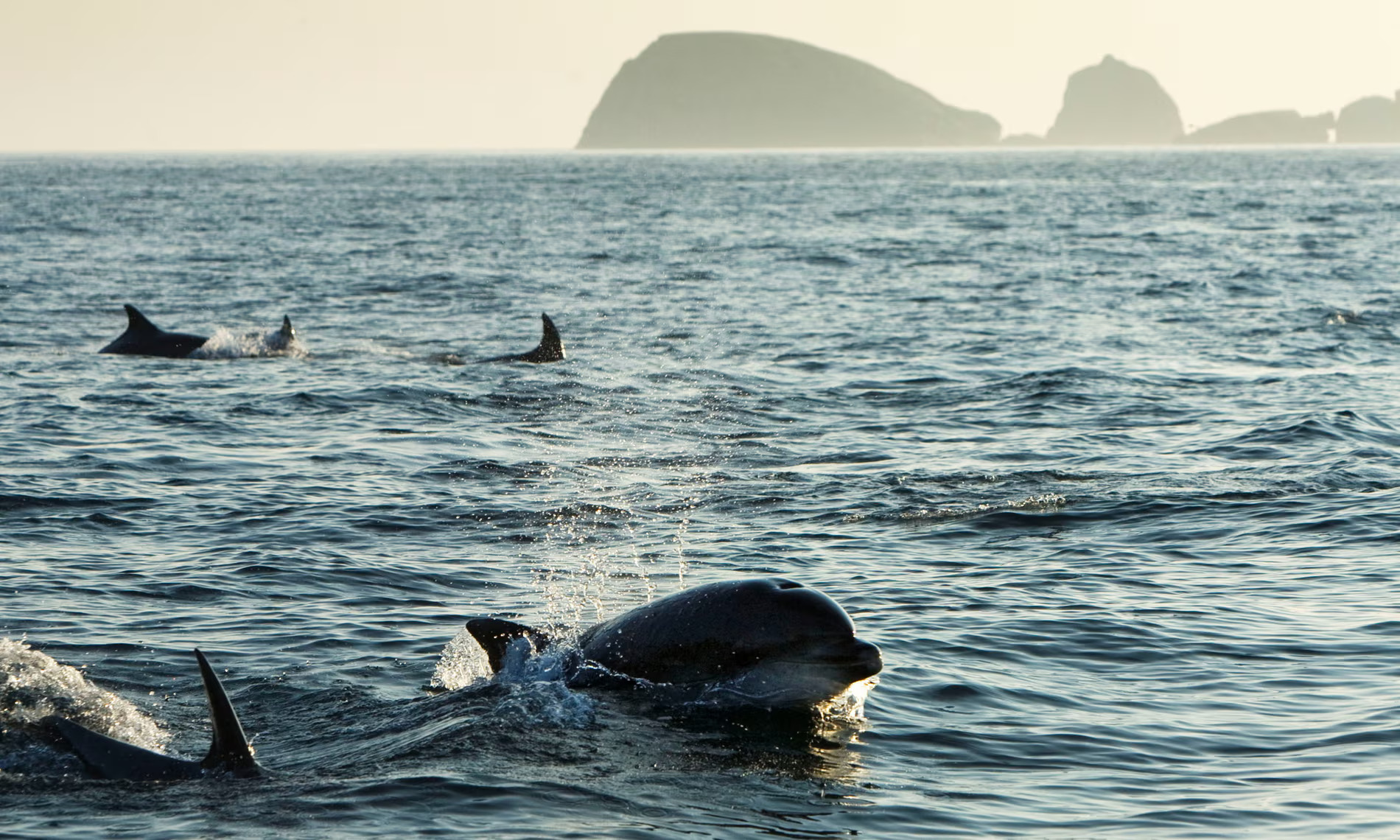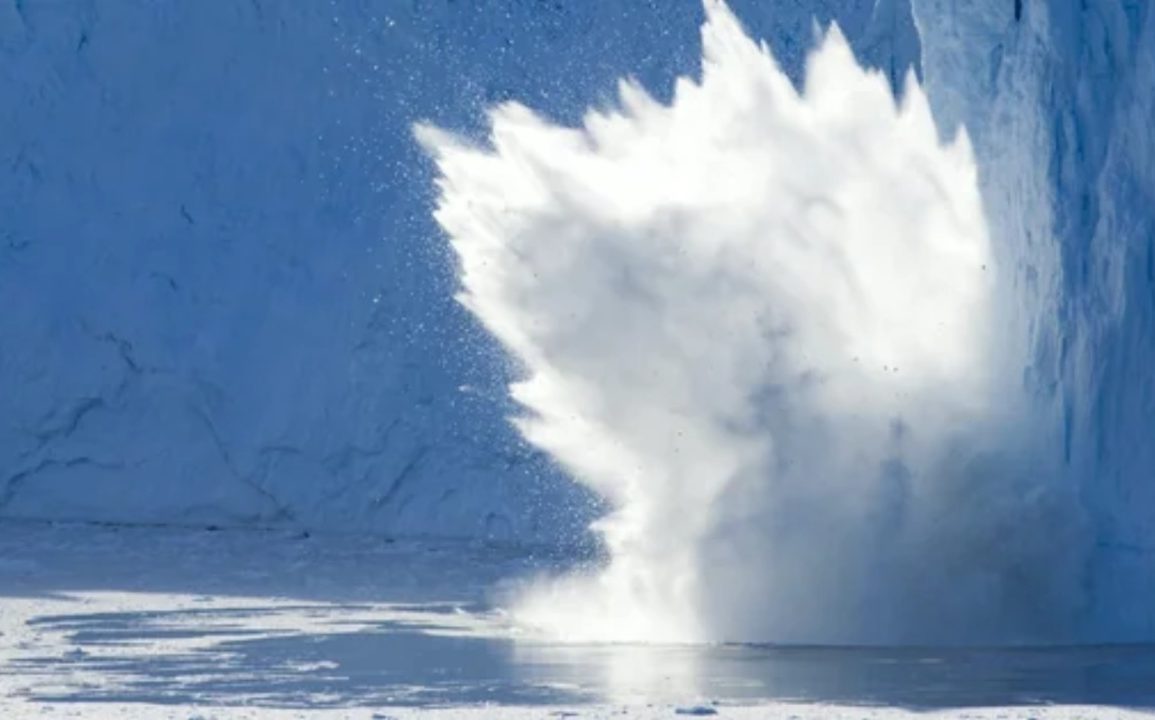The potential collapse of the Atlantic Meridional Overturning Circulation (Amoc), a crucial ocean current system, has been “greatly underestimated” according to a group of 44 experts from 15 countries. Stefan Rahmstorf, an oceanographer and climatologist at the Potsdam Institute for Climate Impact Research, has raised concerns about the severe and potentially irreversible impacts of an Amoc breakdown due to global warming.
This ocean system, which transports heat from the tropics to the northern Atlantic, plays a critical role in regulating Europe’s climate, ocean carbon storage, and oxygen levels, as well as rainfall patterns in the tropics.
Amoc is often confused with the Gulf Stream, although they are related. While the Gulf Stream carries warm water up the eastern coast of the United States and towards Europe, Amoc moves colder, denser water deep into the ocean.
This process acts like a global heating system, especially for Europe. Over the last few decades, there have been signs that Amoc is weakening, such as the cold “blob” in the northern Atlantic—an area that has cooled while the rest of the planet warms. This phenomenon is consistent with climate models predicting a slowdown in Amoc as a result of greenhouse gas emissions.

Additional signs of Amoc’s weakening include warming along the east coast of North America and a significant reduction in the salinity of the North Atlantic Ocean. These changes, especially lower salinity, are critical because salty water is denser and sinks, driving the circulation of Amoc.
As global warming increases evaporation in tropical regions and precipitation in polar regions, the freshwater from melting ice in Greenland further dilutes the salty waters, potentially disrupting Amoc’s flow.
The weakening of Amoc is a self-reinforcing cycle: as the current weakens, the northern Atlantic becomes fresher, which in turn further weakens the current. This feedback loop may eventually lead to a tipping point where the system collapses, though scientists are uncertain exactly when this might happen.
Predictions on the timeline for such a collapse range from a few decades to the end of the century. Some researchers suggest a 50% chance of crossing the tipping point this century.
Once the tipping point is crossed, Amoc would not stop immediately but would begin an irreversible decline that could take 50 to 100 years. While the exact signs of an imminent collapse are difficult to determine, monitoring changes in water flow and deep-sea mixing in the northern Atlantic could provide early warnings. Historically, Amoc collapse has occurred during major climate upheavals, such as during the last ice age, leading to drastic cooling in the northern hemisphere.
If Amoc collapses, the consequences would be severe. Northern Europe, particularly Britain and Scandinavia, could experience significant cooling, while regions in the tropics might face altered rainfall patterns, leading to droughts and floods. In addition, sea levels in the northern Atlantic would rise, and the ocean’s ability to absorb carbon dioxide would be diminished, further exacerbating global warming.

The collapse would also deplete nutrient supplies in the Atlantic, impacting marine ecosystems and oxygen levels in the deep ocean. This, in turn, would cause significant damage to marine life and the entire ecosystem in the region. Some of these changes, such as weakening circulation and rising sea levels, are already being observed, although the full impact remains uncertain.
There is no silver lining to an Amoc collapse, as some might hope that cooler conditions in northern Europe could offset warming elsewhere. The reality is that such cooling would lead to increased variability in weather patterns, making extreme weather events more frequent and damaging. For example, cold air outbreaks in northern Europe and warm air from southern regions would intensify, leading to more storms and greater agricultural challenges.
While the risk of Amoc collapse is not as immediate as other climate tipping points, such as the ongoing destruction of coral reefs and the Amazon rainforest, its long-term effects could be catastrophic. The collapse could take a millennium to reverse, and it is uncertain how human societies would cope. Regions like Norway and Scotland may face existential threats, forcing people to consider relocation.
Ultimately, the threat posed by an Amoc collapse underscores the urgent need to reduce fossil fuel emissions and halt deforestation. Amoc, along with other climate tipping points like the melting of the Greenland ice sheet and Antarctic glaciers, is driven by human-induced global warming.
To mitigate these risks, Rahmstorf emphasizes the importance of adhering to the Paris Agreement and limiting global temperature rise to 1.5°C. He expresses deep concern for future generations, including his own children, in light of these potentially irreversible changes.

